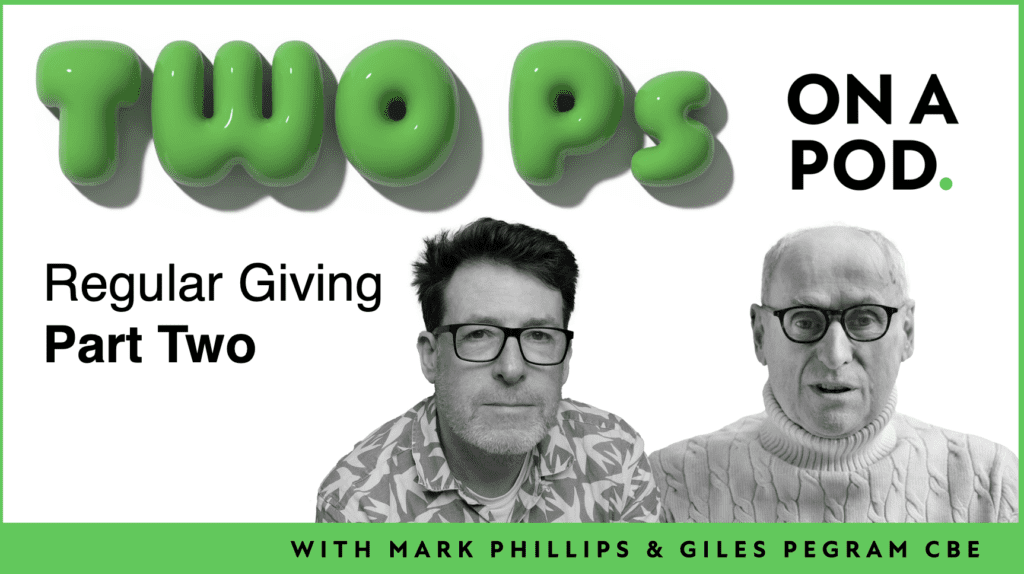Fundraising and the Batman effect

When I was a child, I wanted to be Batman.
And by that I mean the Adam West variety, not the johnny-come-lately versions played by Val Kilmer, Michael Keaton and others. I begged my mum and dad for the T-shirt, cape and mask and even a toy Batmobile.
But I was fickle. As time went on, I wanted to be Neil Armstrong, Charlie George, Jacques Cousteau and Matt Hooper (Richard Dreyfuss' character in Jaws).
I didn't actually want to swap places with any of these people. I still wanted to be me. I just wanted to be doing what they did – fighting The Joker, jumping about on the moon, lying down on the pitch at Wembley after scoring the goal that won Arsenal the double and dodging sharks. As a result I built a plastic model of the Saturn 5 rocket, bought my first ever arsenal shirt and got hold of every book about sharks I could afford (years later after the fickleness disappeared, I even paid to attend a great white shark research programme just to get footage like this).
I wasn't alone. Most of my friends also projected their hopes and dreams on to other people - fictional or real. And I can see that it is still part of many people's lives. Take a walk near any football ground on a Saturday afternoon and you'll see great big hulking forty-year-old men with the names of their teenage heroes on the back of their football shirts.
And talk to any number of donors and ask them why they give and you'll often find them talking about the charities they support in terms of work they would like to do themselves.
In a recent piece of research that Bluefrog undertook, one donor summed it up pretty nicely...
“it’s no use if you’re – at my age – digging wells and such. For people on their gap years and the like, it sounds wonderful, but… I suppose this is the next best thing.”
ActionAid UK has actually taken this wish that people have to get closer involved with hands on work and used it to raise money through their first hand experiences programme. And VSO has been built on the back of this desire to help in ways other than through simply giving cash.
It's why I am frustrated by organisations that take a charity-centric approach to reporting back, telling donors what the charity has done (normally through a rather poorly crafted magazine or newsletter) rather than showing the donor what they – as a supporter – have achieved.
It's a very subtle difference. But it's one that can dramatically increase income and reduce attrition. And it's one that donors welcome.
I've posted before about the low open and click through rates that charities experience to their emails.
Recently we've been involved in a project offering up to date, authentic feedback to supporters via the web and I've been astounded by the uptake. We have seen open rates up by over 300% and click through rates up by almost 700% over what charities normally achieve.
There was nothing clever in these emails. Just a simple offer to show how money is actually being used (how we actually showed work to donors is rather interesting - but that's for another blog post).
So rather than simply rattle on to donors about why they should give, take a leaf out of the book of someone like Dinky Toys or Nike and give them a chance to get closer to the work that they value. That way you could get the Batman (or Arsenal or shark) effect working for you.
Tags In
The Essentials

Crack the Code to Regular Giving: Insights, Strategies, and a Special Giveaway!

‘Tis Halloween. Keep to the light and beware the Four Fundraisers of the Apocalypse!

Why do people give? The Donor Participation Project with Louis Diez.

A guide to fundraising on the back of a postcard

What does the latest research tell us about the state of fundraising?





